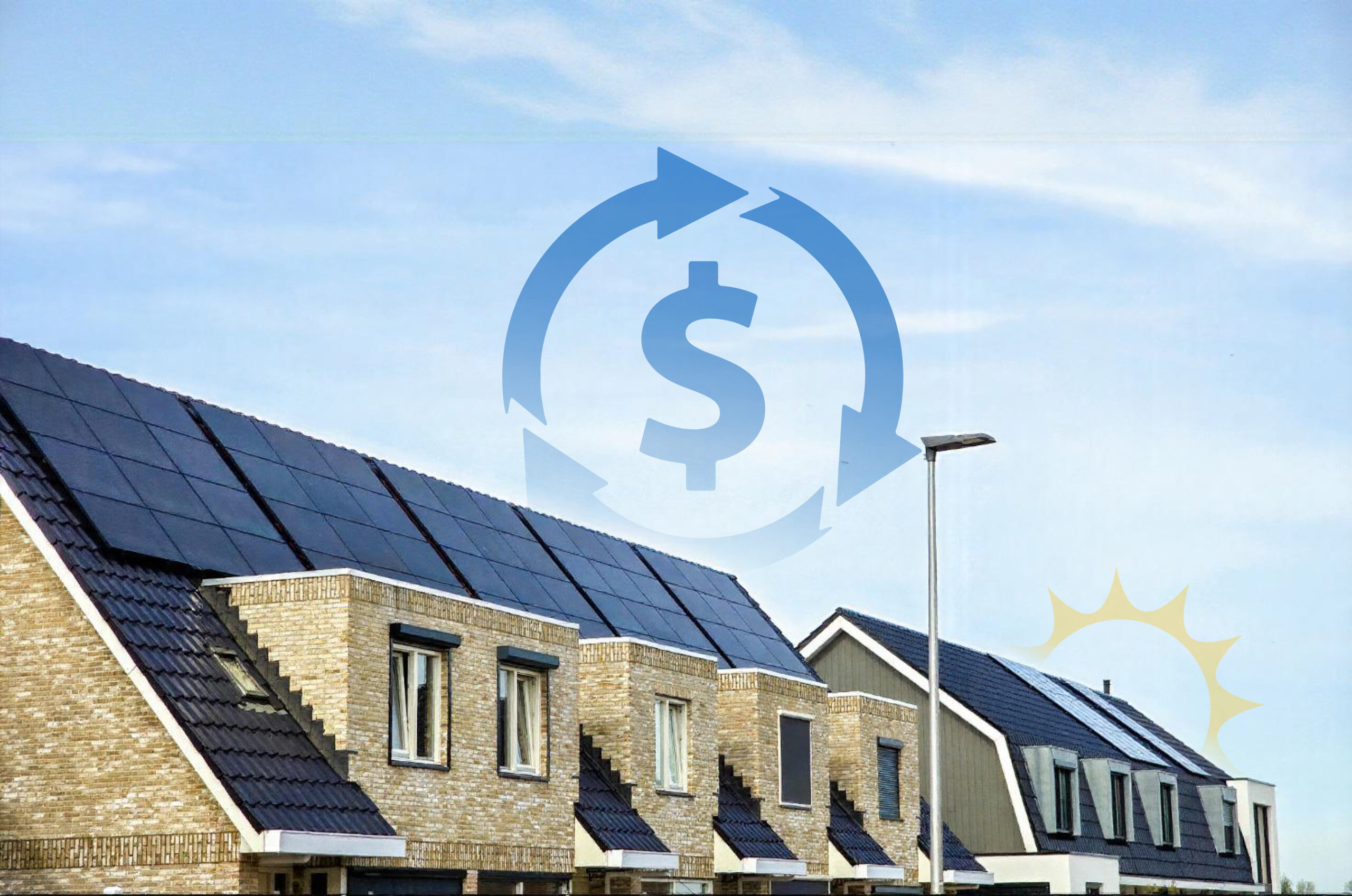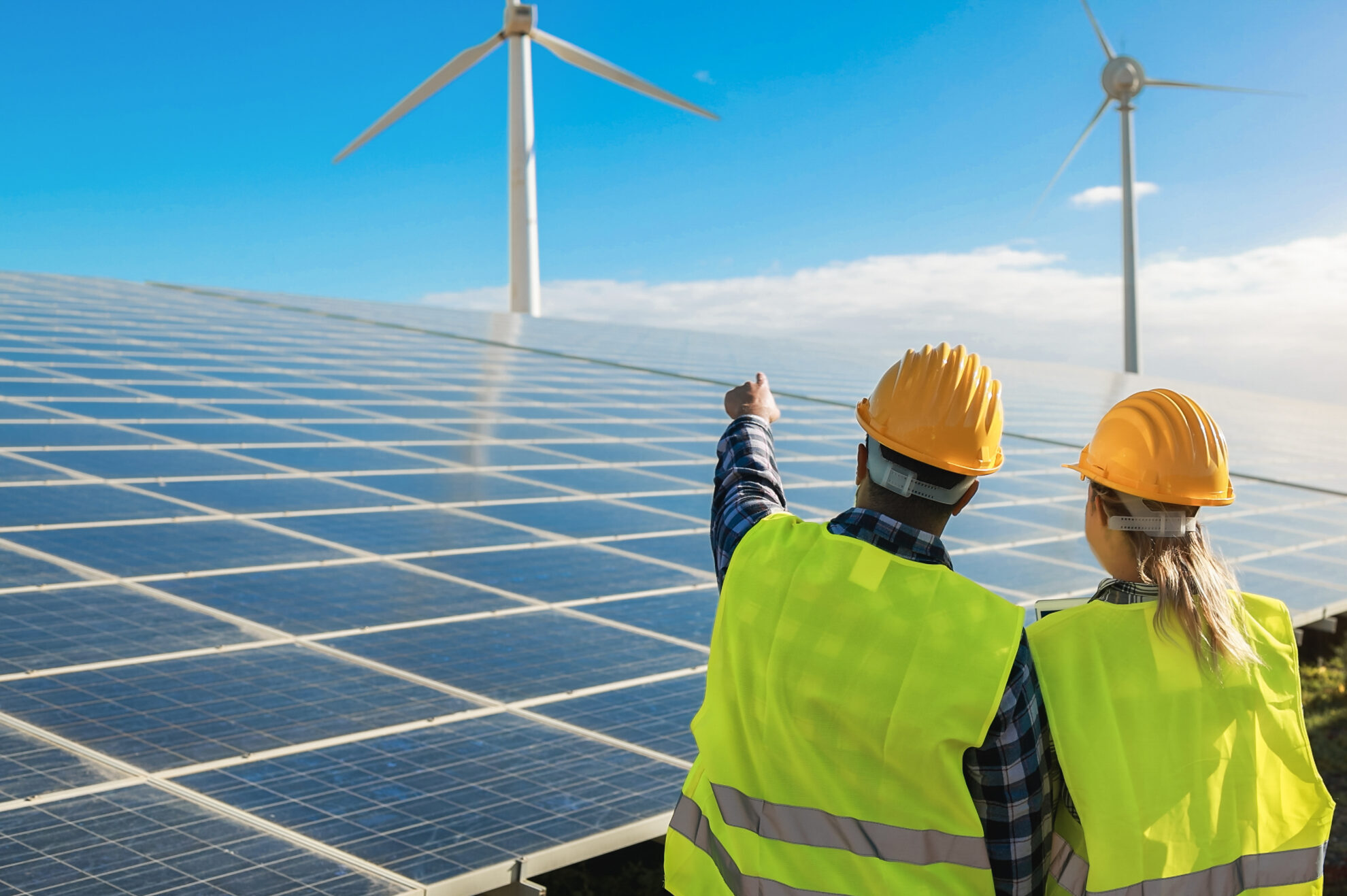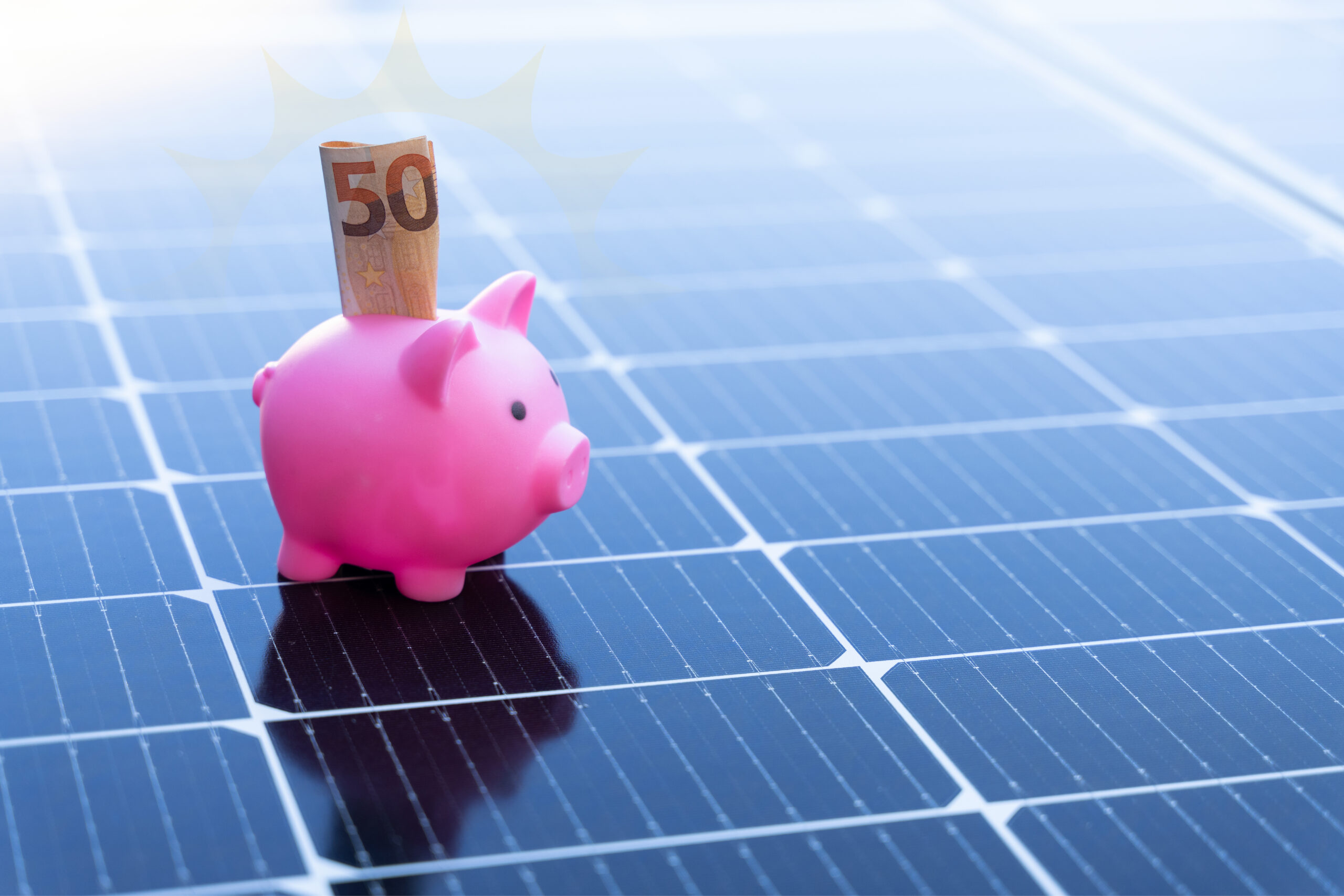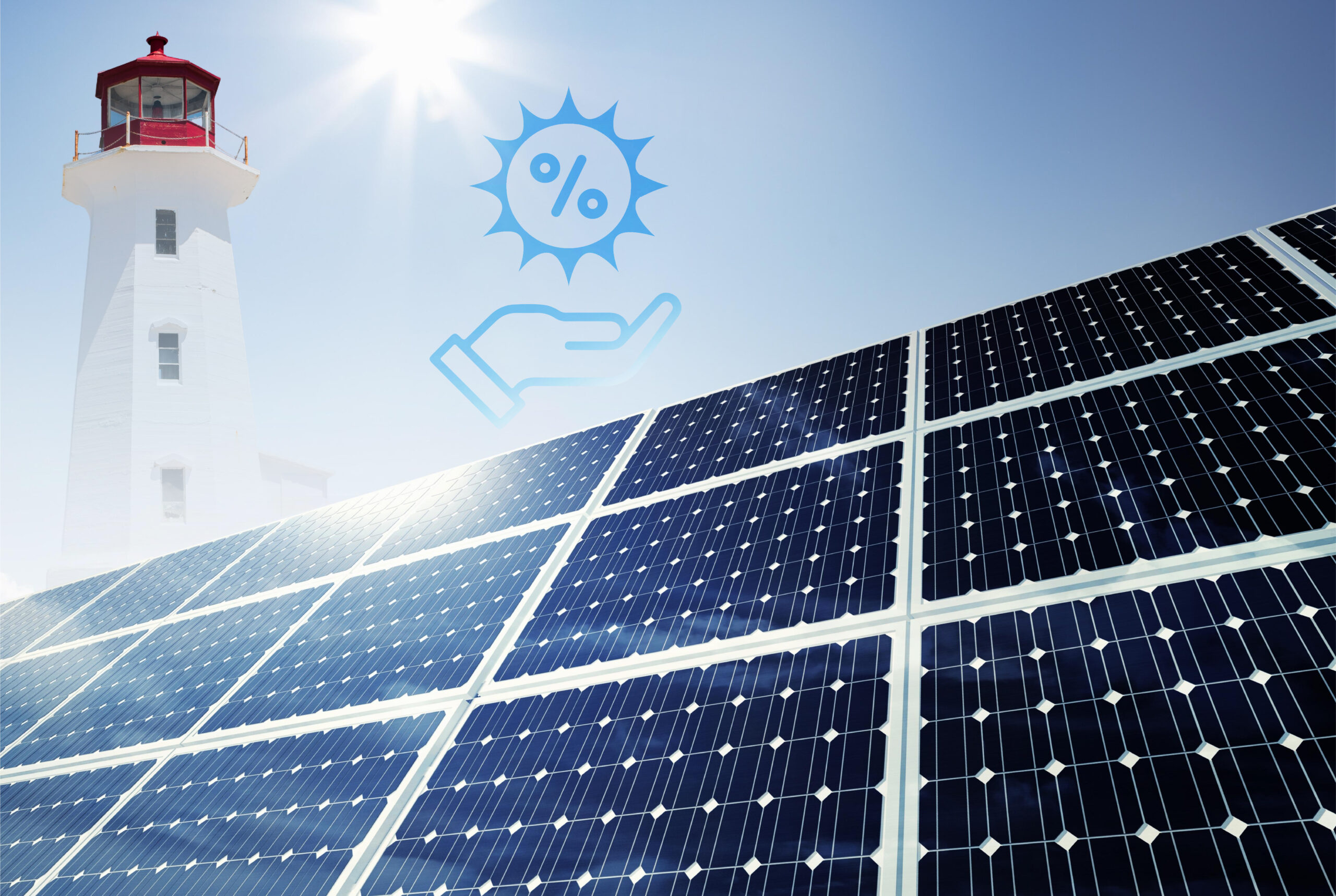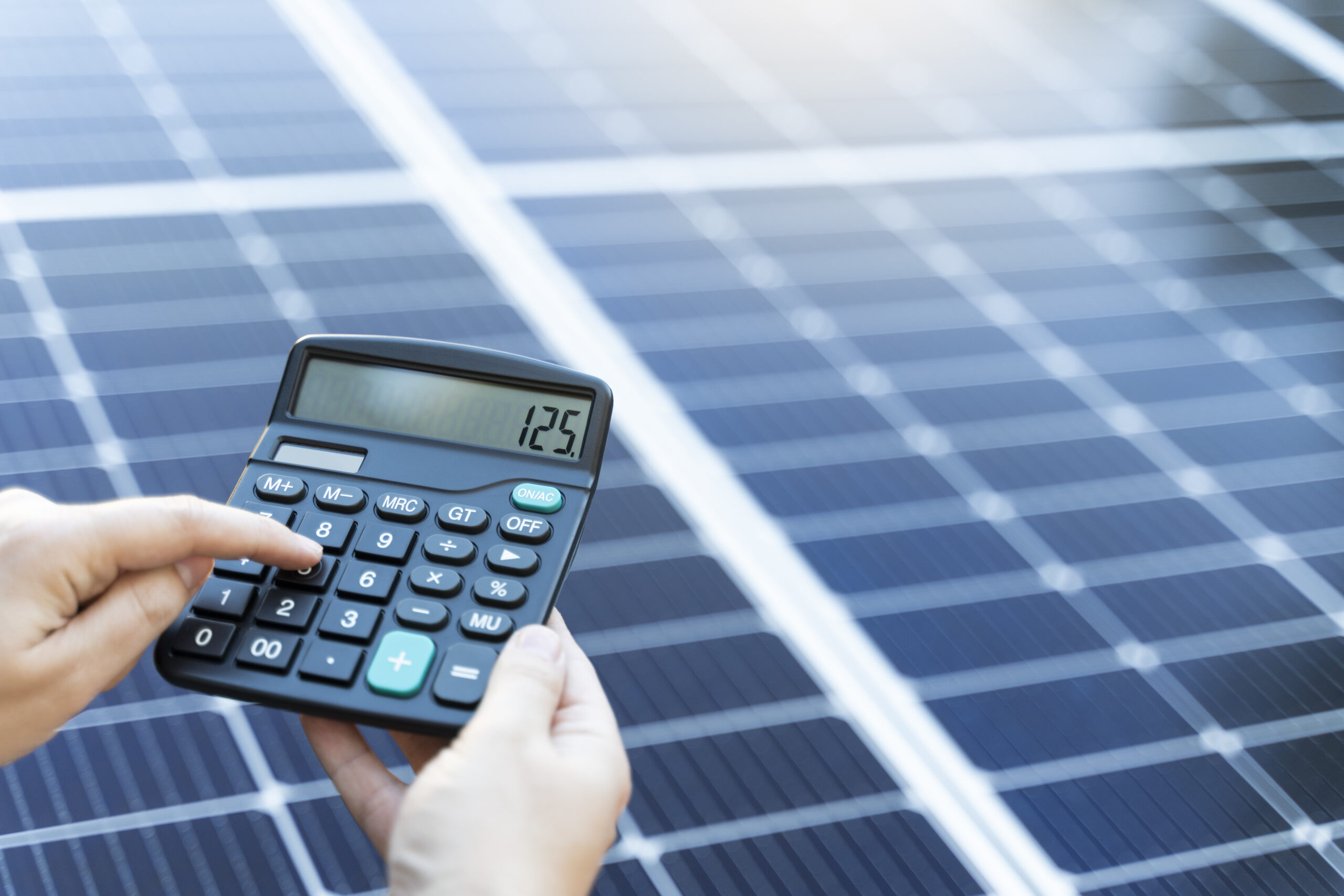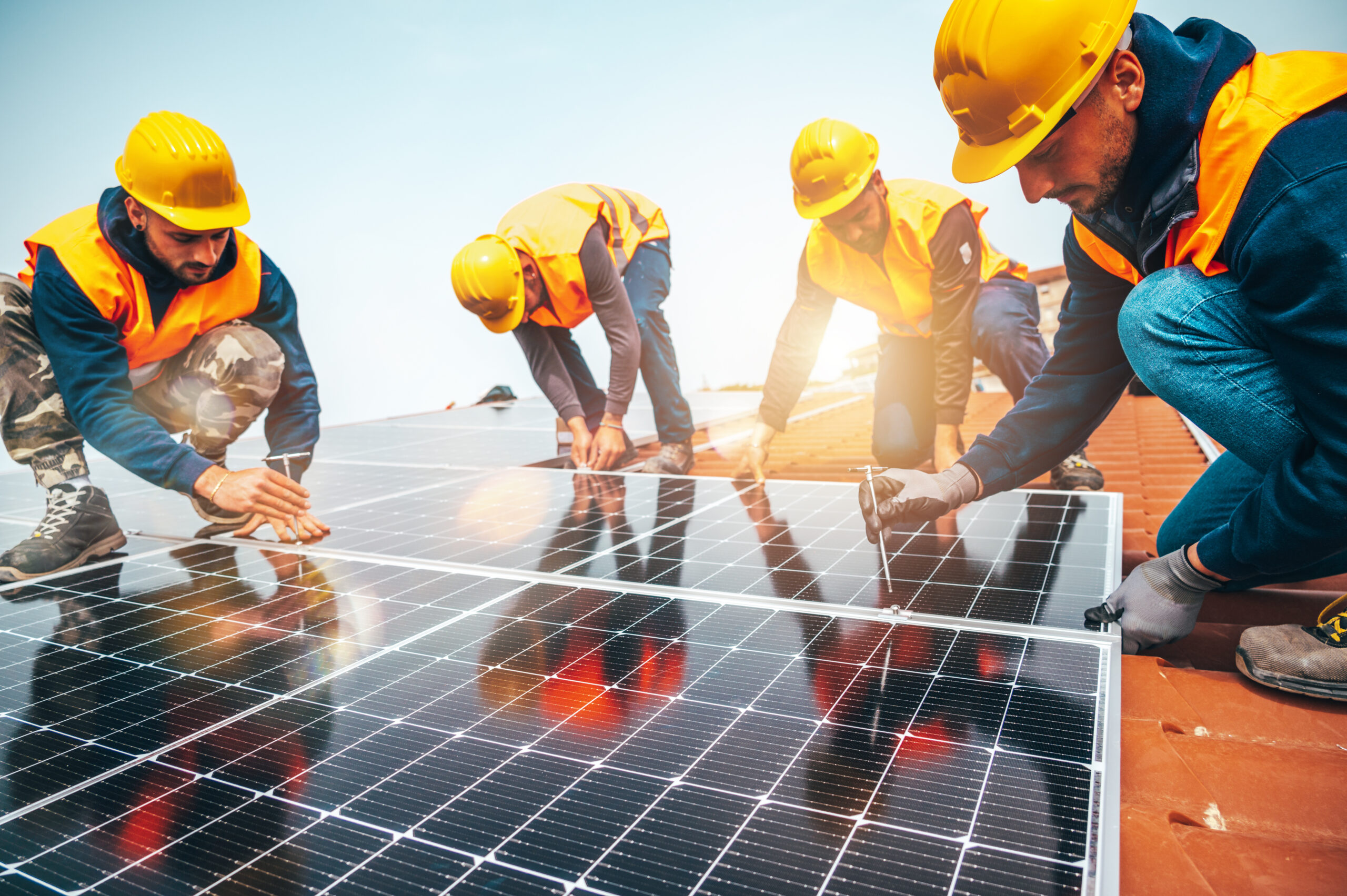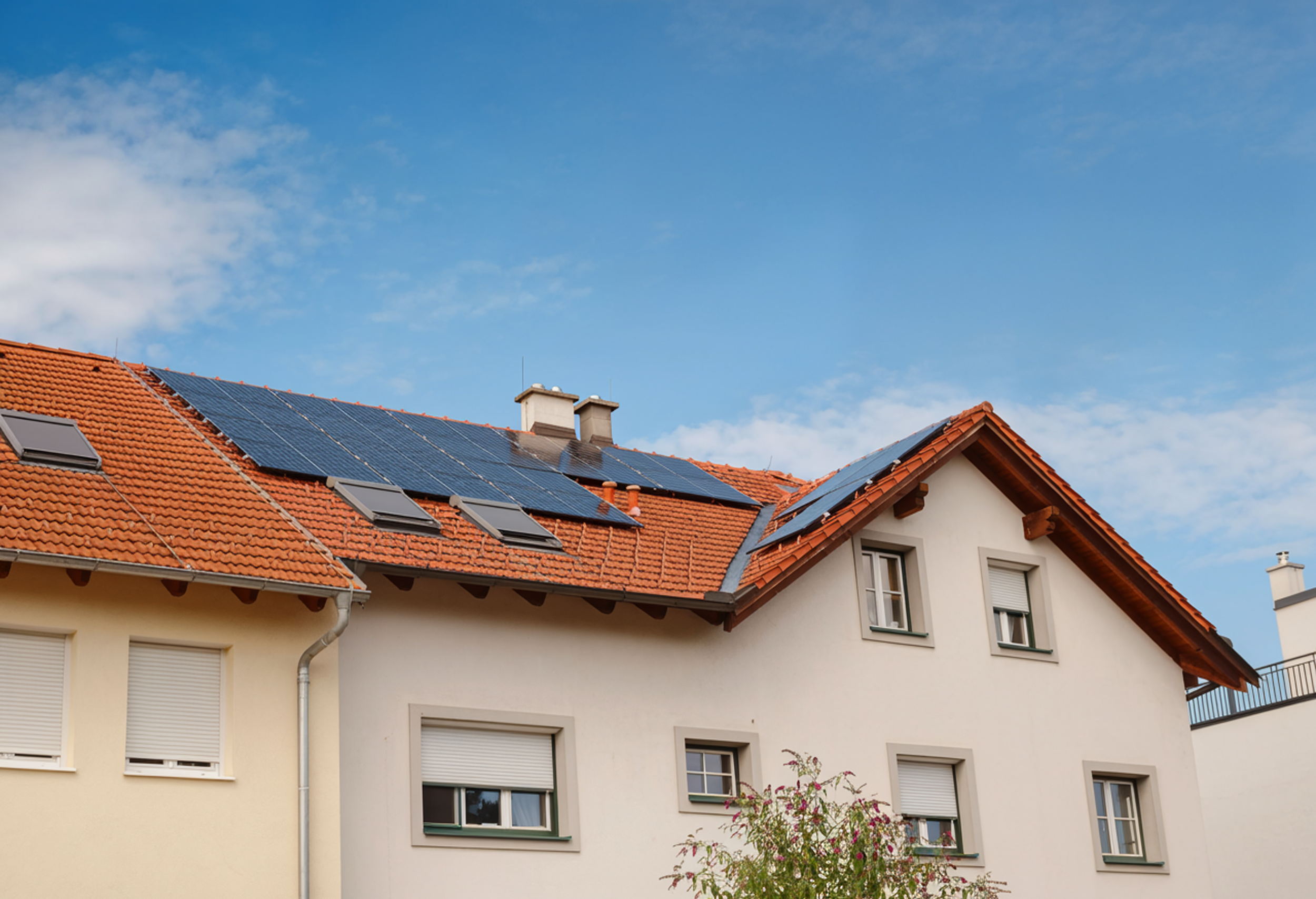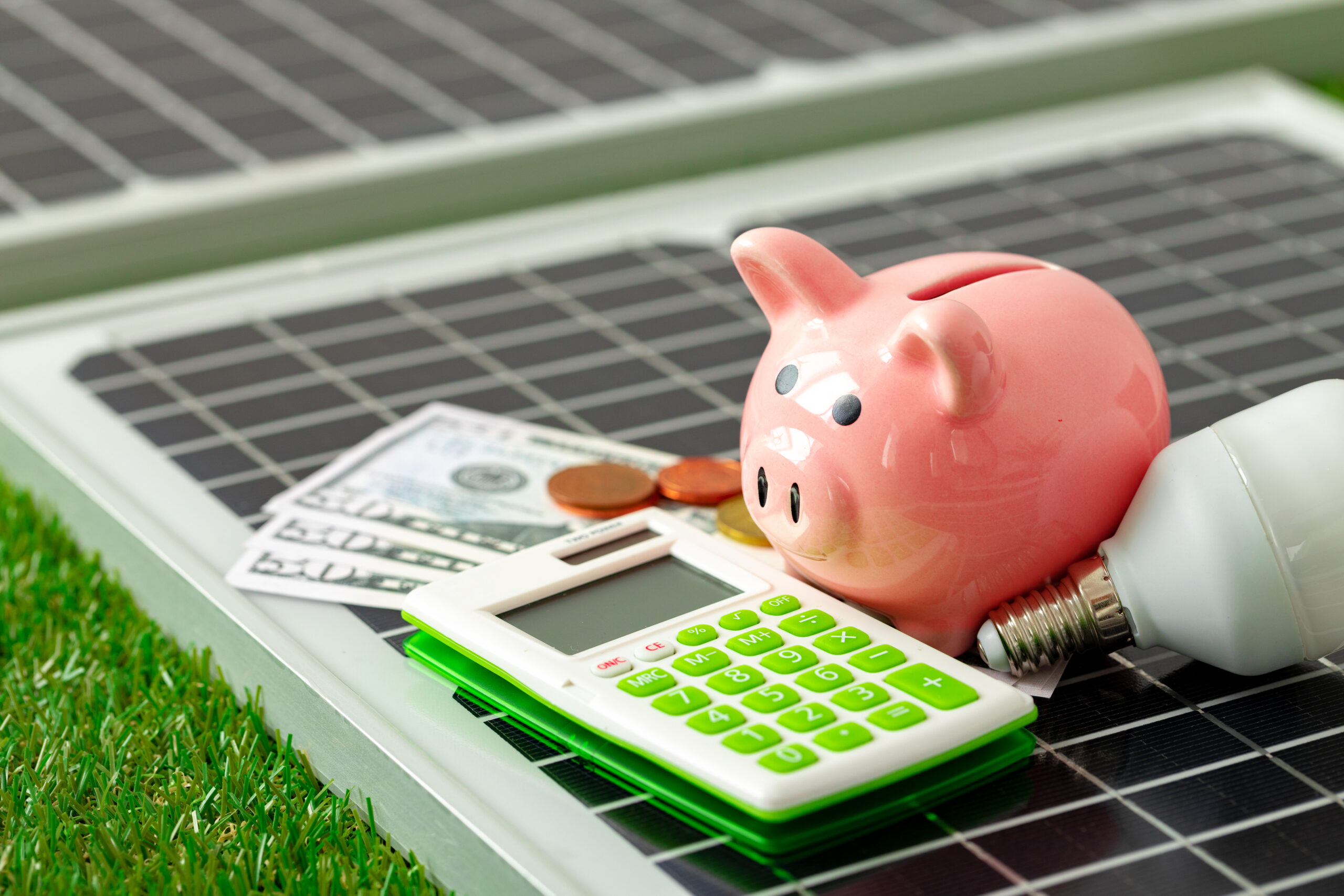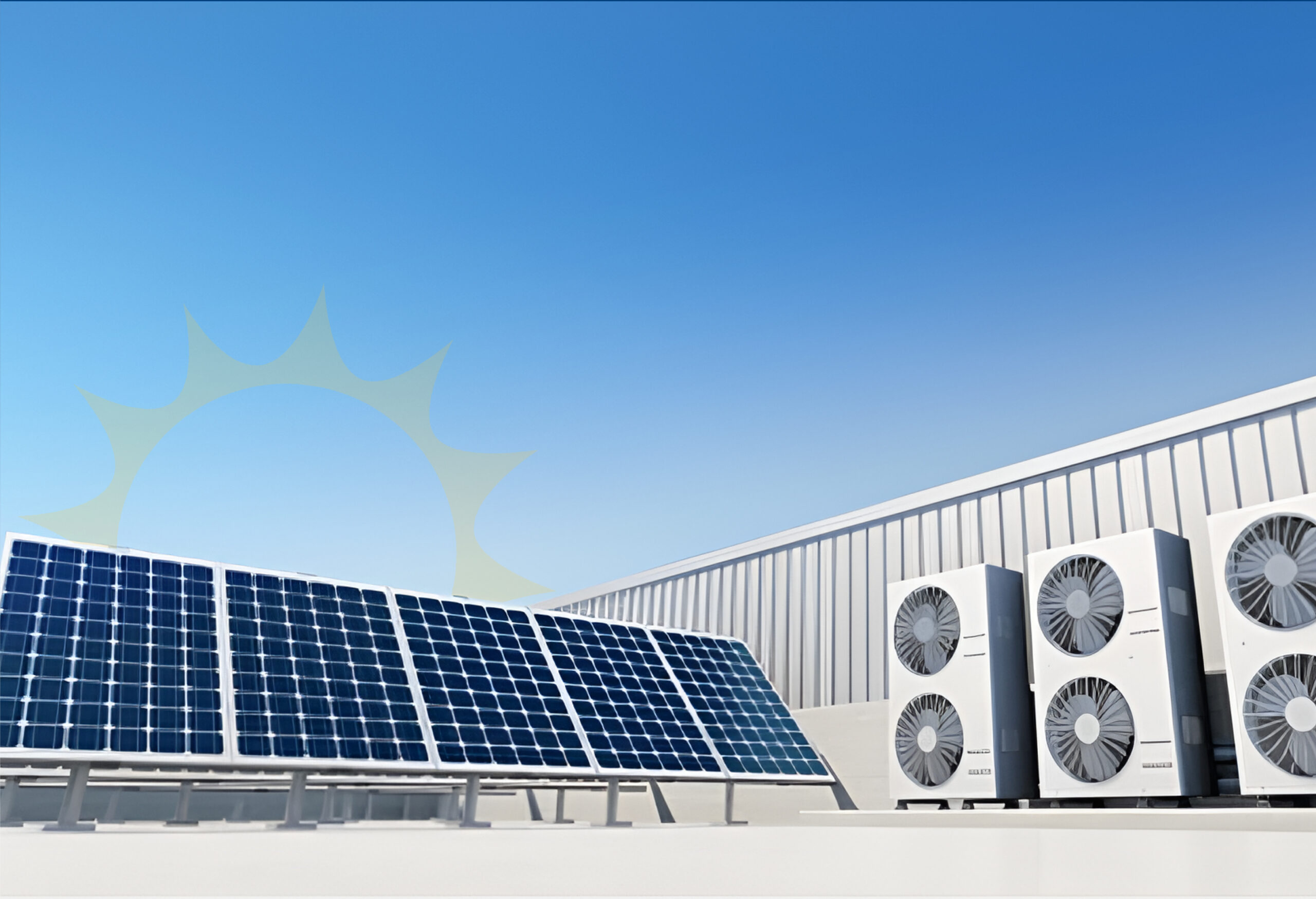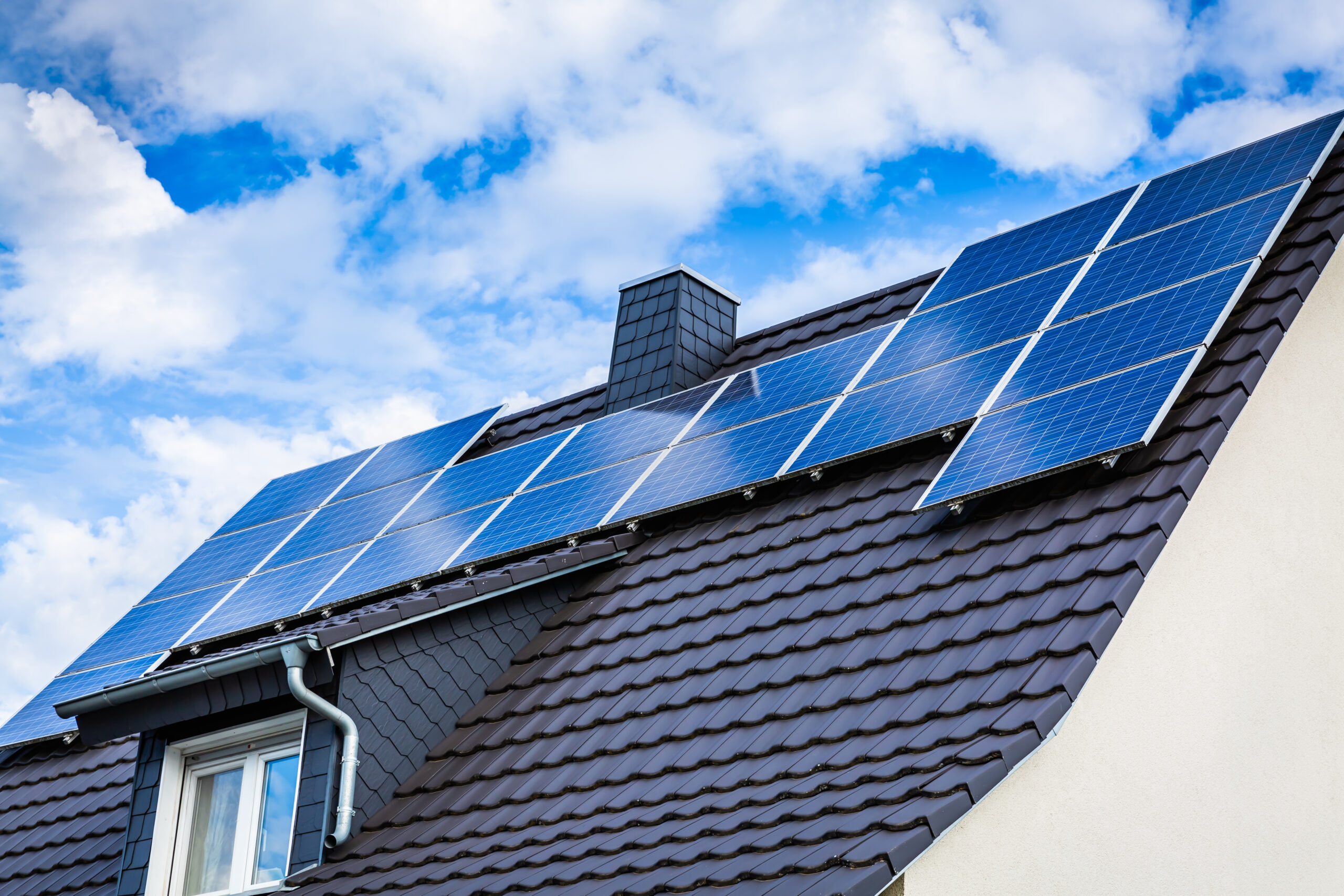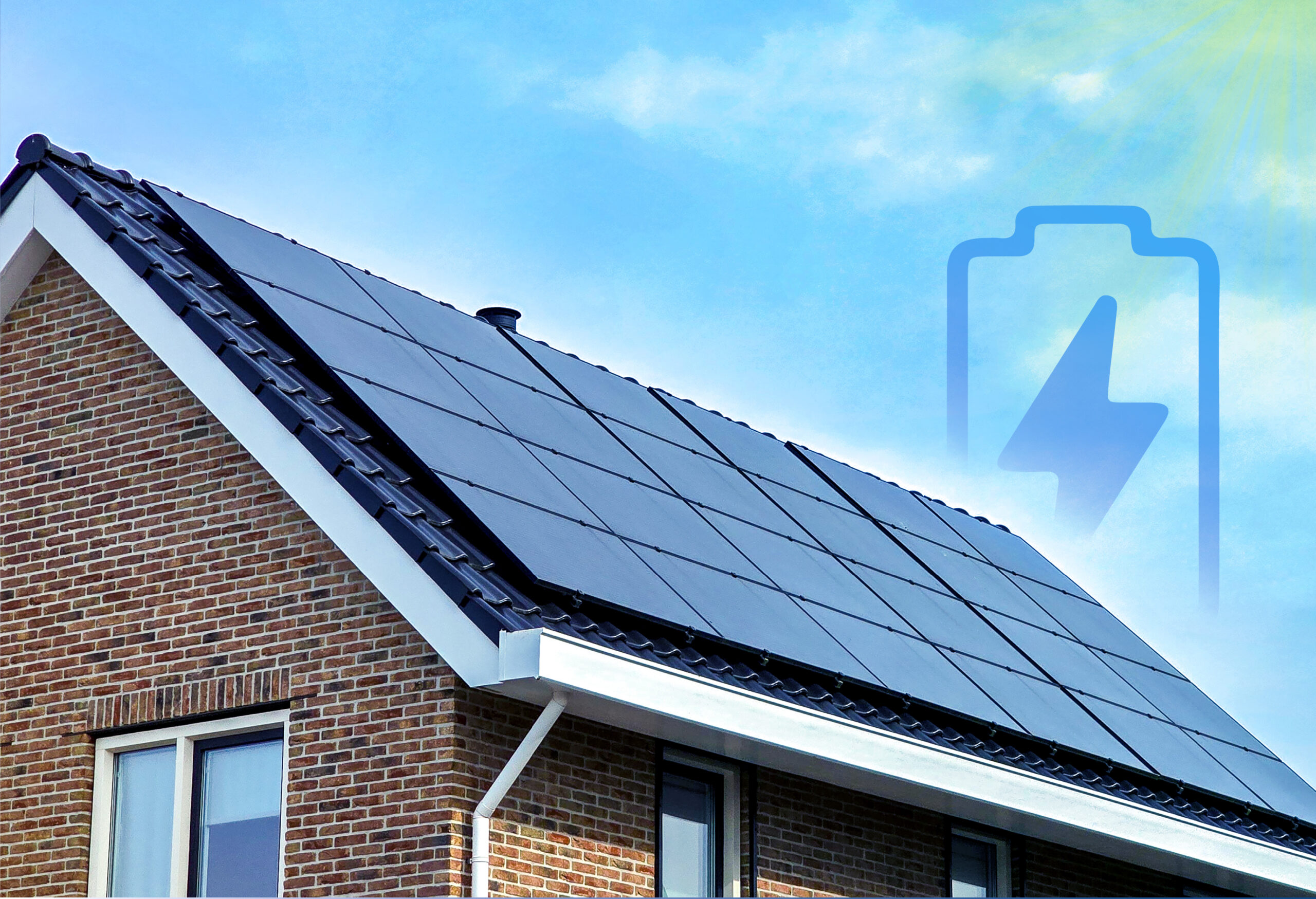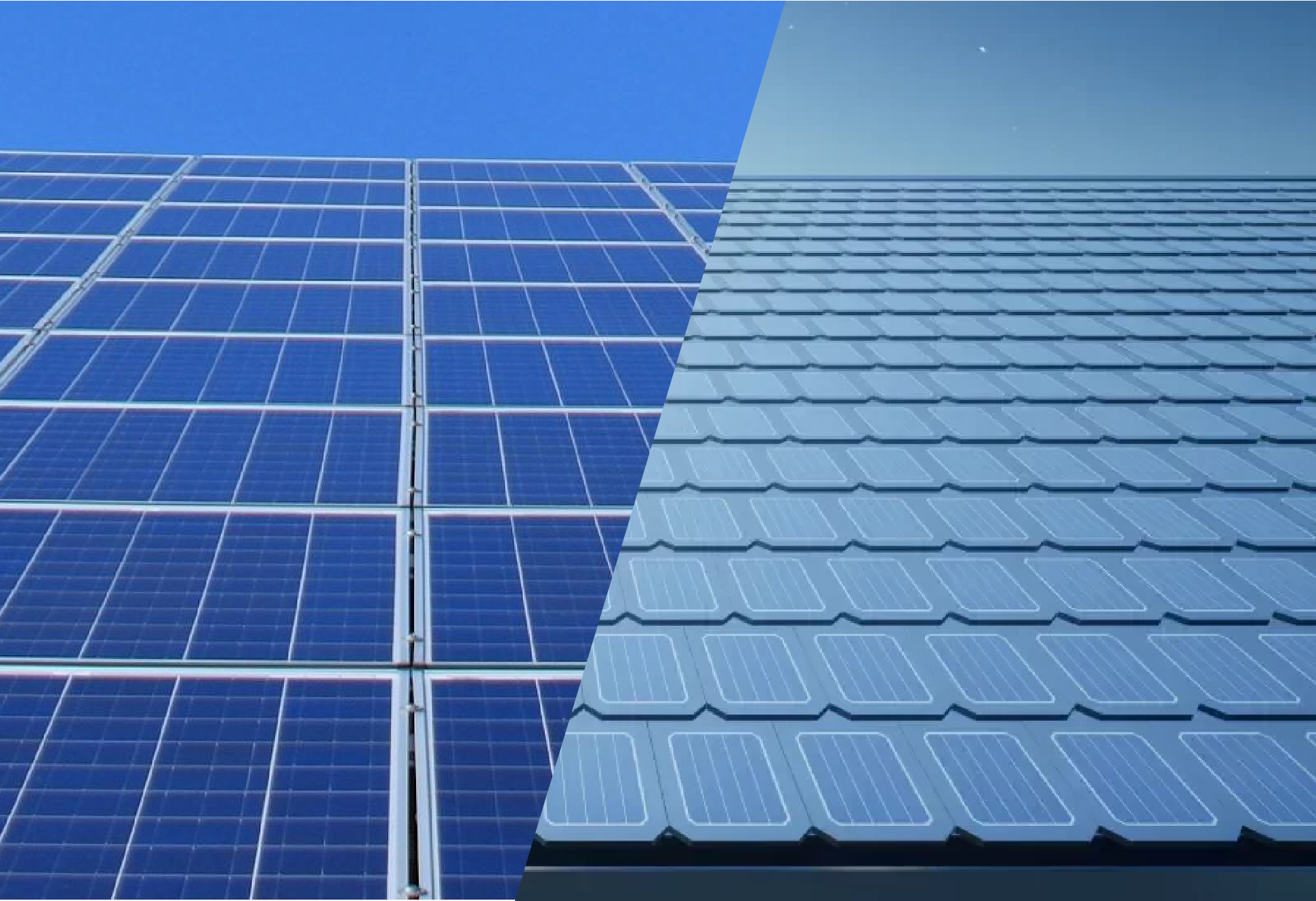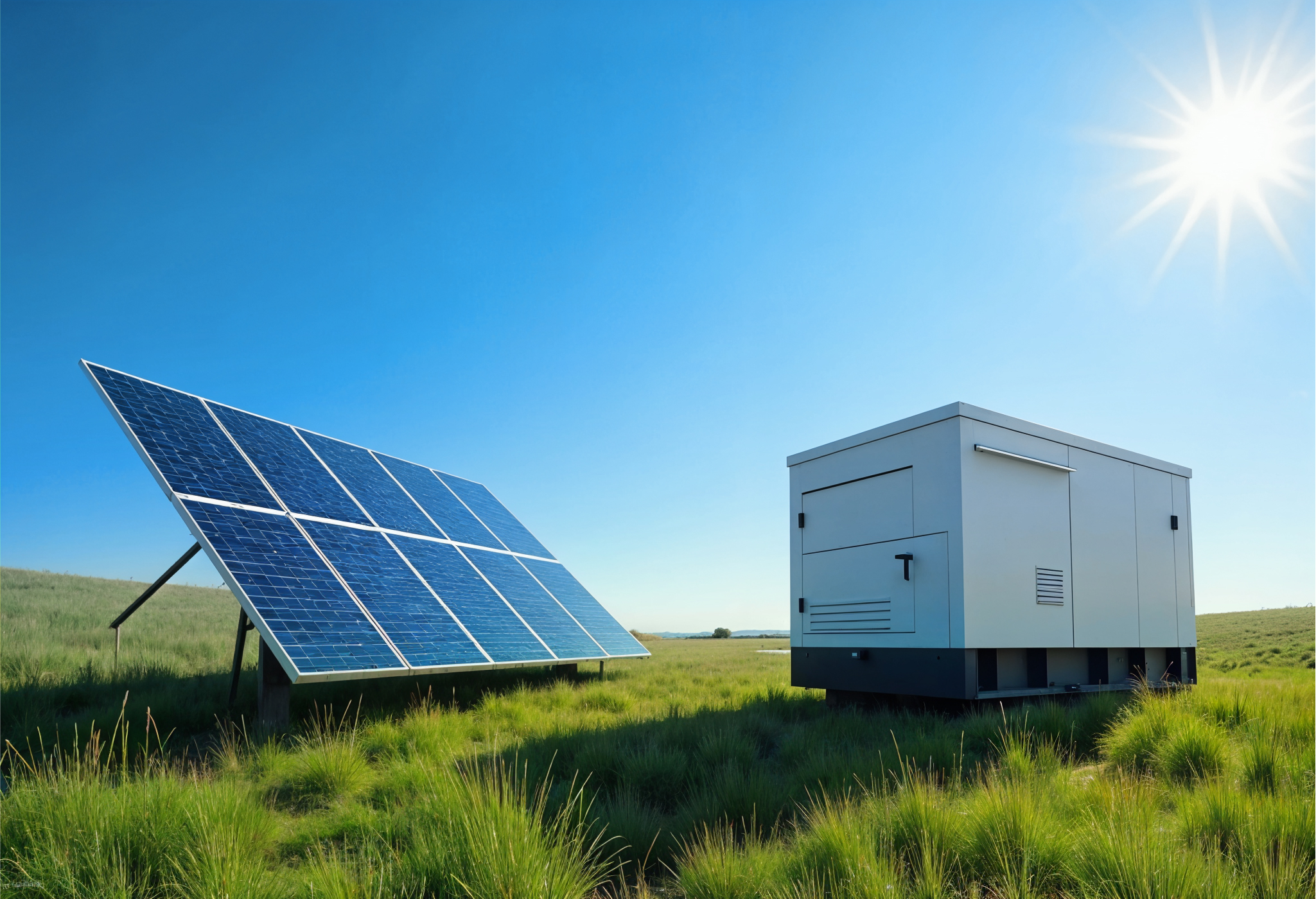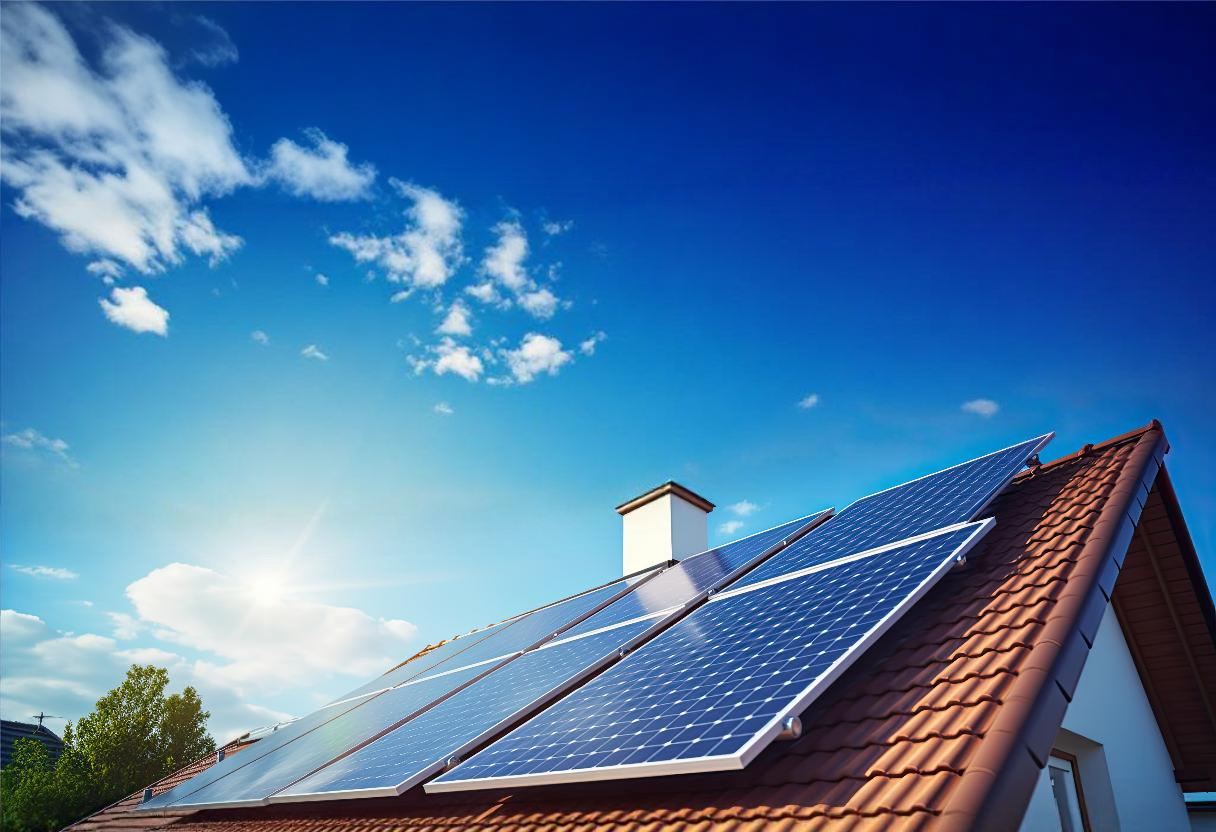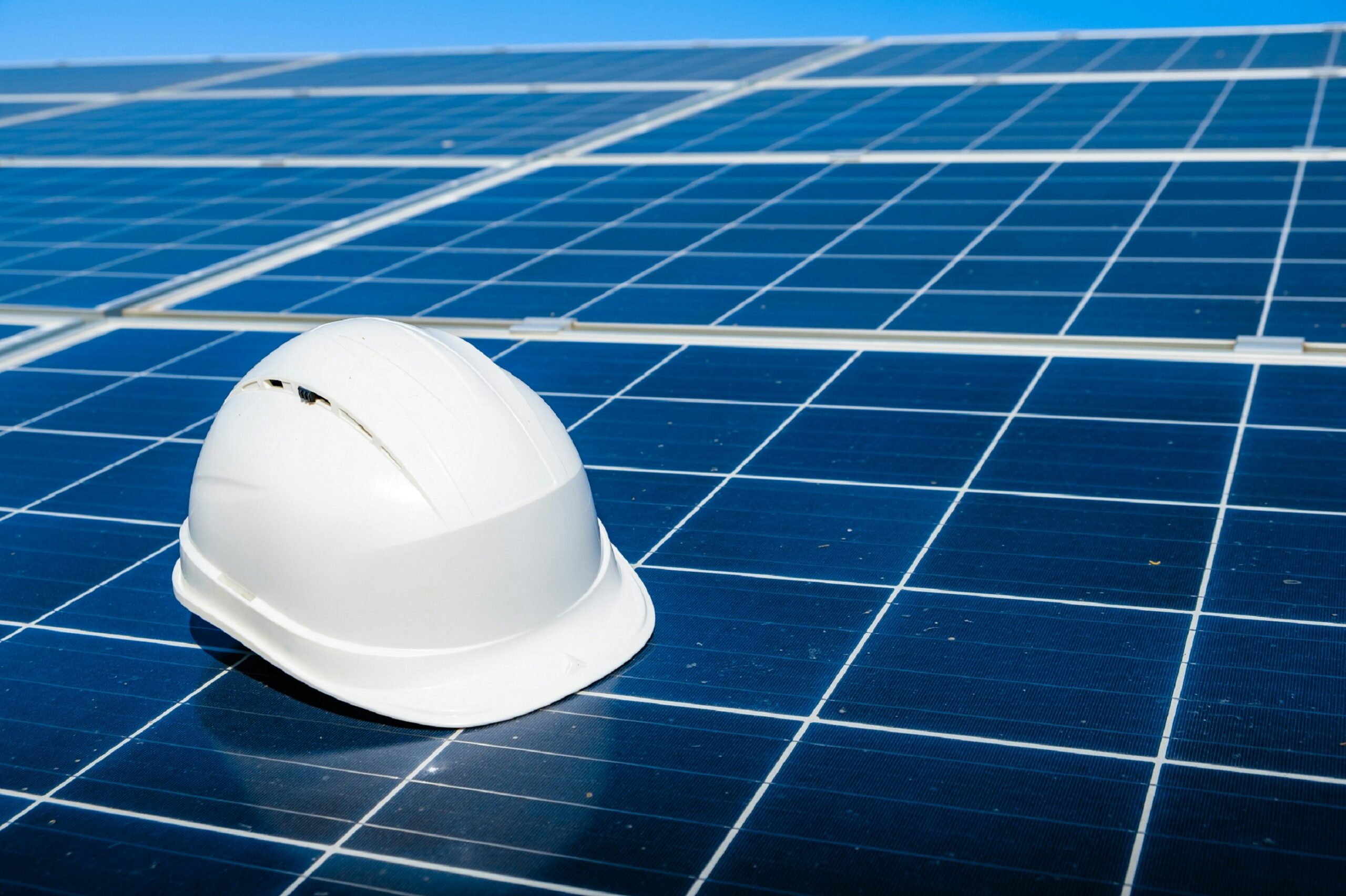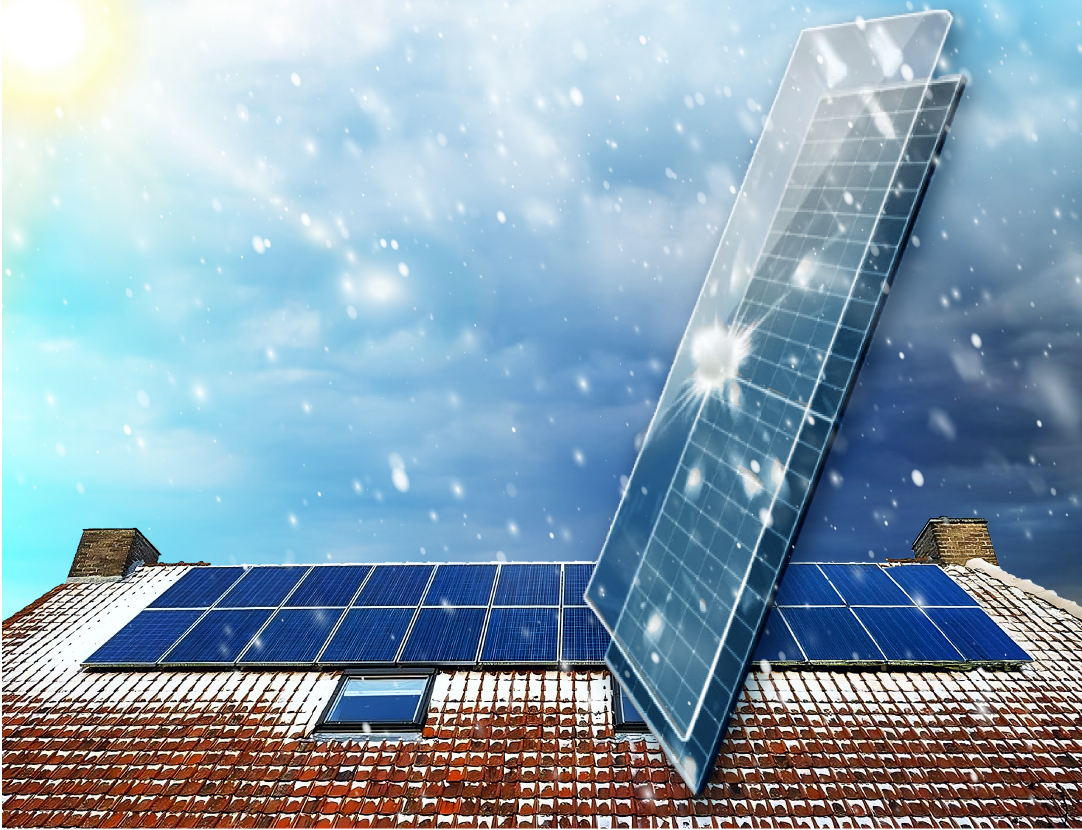Author: Mariela Guanchez
Choosing who’ll put solar panels on your roof isn’t like picking out cereal in a grocery aisle. This is a decades-long investment, and it pays—literally—to get it right from the get-go. If you’re hunting for the Best Solar Panel Installers in Nova Scotia, you’ll want to dig into their track record, warranties, partnerships, and approach to customer service. Let’s explore the key factors that differentiate top-notch Solar energy solutions Nova Scotia from the rest of the pack.
1) Why Installer Choice Matters
Solar is more than just panels. It’s design, electrical work, permitting, net metering applications, rebate applications, financing application planning, and after-sales support. A subpar job might result in roof leaks or an underperforming system. On the flip side, a great installer ensures your system runs optimally for 20+ years, handles future upgrades seamlessly, and saves you a mountain of stress.
2) Traits of a Great Solar Installer
- Local Experience:
- Why It Matters: Nova Scotia’s climate and codes differ from those in more temperate regions. Installers who’ve navigated Maritime storms and NS Power protocols know the ropes.
- What to Look For: Years of operation in the province, a robust portfolio of local installs, and a good rep for withstanding fierce nor’easters.
- Comprehensive Services:
- Why It Matters: You want a one-stop shop that handles design, permits, net metering agreements, installation, and aftercare. Piecemealing different providers can lead to confusion or blame-shifting if issues arise.
- What to Look For: Transparent quotes showing labor, materials, and potential extras (like panel upgrades or electrical panel replacements).
- Quality Equipment and Warranties:
- Why It Matters: High-quality panels and inverters mean fewer failures and better performance. Look for manufacturers with proven longevity and local or easily accessible warranty support.
- What to Look For: Panels with 25-year production warranties, inverters known for low failure rates (like Solis or others that your installer can vouch for). Always confirm if labor is covered under the installer’s workmanship warranty.
- Customer Reviews and Word-of-Mouth:
- Why It Matters: People are quick to share if an installer botched their roof or left them hanging on a warranty claim. They’re also keen to praise if the job was stellar.
- What to Look For: Consistent ratings on Google, Facebook, or industry sites. Also ask neighbors or local community groups for personal experiences.
- Flexibility in Financing:
- Why It Matters: Solar can be pricey, so an installer who offers or partners with financing programs (like the Greener Homes Loan or local credit unions) can simplify your purchase.
- What to Look For: Willingness to discuss multiple financing routes—loans, leases, PPAs, PACE financing—helping you pick what suits your budget.
3) Matching Your Needs to the Right Installer
Complex Roof or Shading: If your roof has multiple pitches, dormers, or shade trees, look for an installer experienced with microinverter or DC optimizer setups. They should provide a clear string layout plan to handle partial shading or different roof angles.
Budget Constraints: If you’re tight on funds, seek installers who work closely with SolarHomes rebates and the Greener Homes Loan, ensuring they can expedite your paperwork. Some might also offer in-house financing or lease/PPA options.
Future Upgrades: If you plan on going big in the future—say, adding more panels or hooking up battery storage—an installer who’s open to staging the project can be invaluable. They’ll size your inverter or provide a second inverter pathway, making expansions easier down the line.
4) Red Flags to Watch For
- Vague or Overly Glossy Promises: Phrases like “zero cost, zero worry!” might indicate a pushy sales approach that glosses over the fine print.
- No On-Site Assessment: If they only want to rely on Google Maps without offering a physical roof check, that could mean inaccurate system estimates or missed structural issues.
- Hard Sell: Some big leasing companies use aggressive tactics, luring you with ultra-low monthly payments but burying maintenance or balloon fees in the contract. If it feels rushed, it probably is.
- Unclear Warranty Terms: Make sure you know exactly what’s covered, for how long, and who handles labor costs if something goes wrong.
5) Steps to a Seamless Installation with a Top Installer
- Initial Consultation:
- Expect a chat about your electricity usage, roof layout, and your long-term goals. A good installer listens more than they talk at this stage, gathering info to tailor a quote.
- Site Visit & Proposal:
- They’ll confirm roof measurements, shading patterns, breaker panel capacity, and more. A thorough proposal should detail the system size, predicted annual production, hardware specs, total cost, and any assumptions made (like future net metering policy stability).
- Financing & Incentives:
- If you’re applying for the SolarHomes rebate or the Greener Homes Loan, they’ll guide you on forms and timelines. Reputable installers know exactly how to streamline the process.
- Permitting & Net Metering:
- They handle building permits, electrical inspections, and net metering applications. You might sign some documents, but they’ll do the heavy lifting behind the scenes.
- Installation & Final Inspection:
- On installation day(s), the crew sets up racking, panels, and inverters. After final hookup, an electrical inspector (or Nova Scotia Power) reviews everything. Once approved, you “flip the switch” and start producing your own green energy.
- Post-Install Support:
- Good installers offer a final walkthrough or orientation. They might show you how to read your inverter display or use an online monitoring portal. In the months and years ahead, they’re your go-to if you suspect performance dips or if you decide to add battery storage.
6) Customer Anecdotes: The Value of a Good Installer
- Halifax Resident: After a hurricane, she found a small drip of water in her attic. She called her installer at 8 a.m., and by noon someone was on the roof, resealing a racking point. Issue solved, no questions asked.
- Cape Breton Family: They wanted a two-stage installation—starting with 6 kW, adding 4 kW when they get an electric vehicle. Their installer sized the inverter accordingly and planned out the second array in advance, so no major rework will be required.
In all these stories, the common thread is an installer who’s responsive, honest, and ready to handle quirks in local conditions.
7) Wrapping Up: Finding Your Best Match
The Best Solar Panel Installers in Nova Scotia aren’t one-size-fits-all, but they do share a few traits: strong local knowledge, transparent financing help, quality hardware, and genuine care for post-sale support. If you find a team that ticks those boxes—and aligns with your budget, timeline, and property quirks—you’re well on your way to a smooth, successful solar journey.
Take the time to compare at least a couple of quotes. Ask each installer about equipment brands, warranties, net metering experience, and how they handle unexpected snags. Yes, it’s a bit of homework, but remember: you’re investing in 25+ years of clean energy. Choosing the right partner now means fewer headaches later—and a brighter, more sustainable future for you and your slice of Nova Scotia.

